Sourcebooks can be seen as the start of your D&D experience, not because that’s where you heard of it, but because that’s where you’ll be led if you’re serious about D&D.
While not all players need Sourcebooks, there’s no arguing that Sourcebooks are some of the best pieces of information out there if you want to learn almost everything there is to know about D&D.
It might not sound that fun, but trust me. Once you start immersing yourself into the worlds these books describe, you’ll have so much inspiration that you might even want to write your own Sourcebook for your own world!
Contents
- The Best 5e D&D Sourcebooks
- 15. Fizban’s Treasury of Dragons (FToD)
- 14. Guildmaster’s Guide to Ravnica (GGtR)
- 13. Van Richten’s Guide to Ravenloft (VRGtR)
- 12. Sword Coast Adventurer’s Guide (SCAG)
- 11. Strixhaven: A Curriculum of Chaos (SACoC)
- 10. Mythic Odysseys of Theros (MOoT)
- 9. Eberron: Rising from the Last War (ERftLW)
- 8. Mordenkainen’s Tome of Foes (MToF)
- 7. Volo’s Guide to Monsters (VGtM)
- 6. Mordenkainen Presents: Monsters of the Multiverse (MPMotM)
- 5. Xanathar’s Guide To Everything (XGtE)
- 4. Tasha’s Cauldron of Everything (TCoE)
- 3. Monster Manual (MM)
- 2. Dungeon Master’s Guide (DMG)
- 1. The Player’s Handbook (PHB)
- Sourcebook FAQs 5e
- Final Thoughts
The Best 5e D&D Sourcebooks
These books are ranked according to which gives you the essential knowledge to play the game, up until books that provide great information but aren’t crucial to gameplay.
Not all books are purely sourcebooks; some have incorporated Campaigns and Adventures but still describe the entire structure of the new world.
15. Fizban’s Treasury of Dragons (FToD)

Fizban’s Treasury of Dragons (FToD)
- Meet Fizban the Fabulous: doddering archmage, unlikely war hero, divine avatar of a dragon-god—and your guide to the mysteries of dragonkind.
Published: 26 October 2021
FToD focuses on the world of dragons and is narrated by the wizard Fizban the Fabulous.
It includes new draconic subclasses, magic items, and spells and advises the DM on running dragon-focused campaigns.
If you want to learn more about dragons or you just want to know how they play within a campaign, FToD is the perfect Sourcebook for you.
14. Guildmaster’s Guide to Ravnica (GGtR)

Guildmaster’s Guide to Ravnica (GGtR)
- Stand with your guild in the first Dungeons & Dragons book to explore the world of Magic: The Gathering.
Published: 20 November 2018
GGtR is a crossover from the Magic: The Gathering that introduces the city of Ravnica.
Within the city, there are various guilds and new monsters, magic items, spells, and subclasses for players to choose from.
GGtR is perfect for players who want to learn more about D&D or DMs who want new ideas for upcoming campaigns.
13. Van Richten’s Guide to Ravenloft (VRGtR)
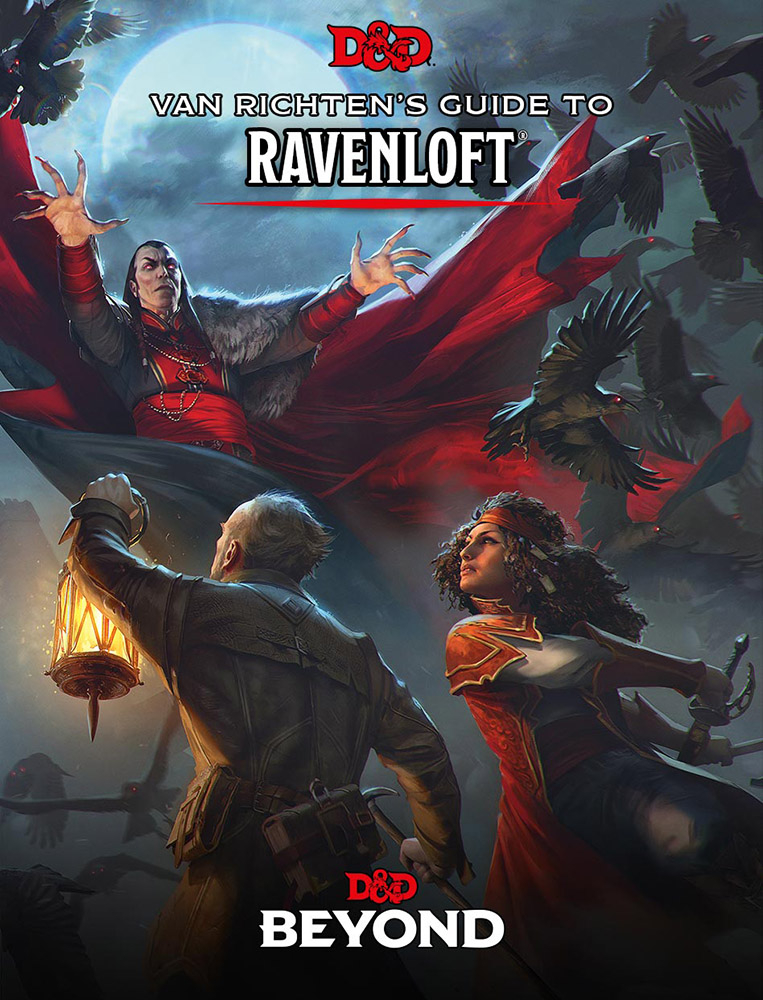
Van Richten’s Guide to Ravenloft (VRGtR)
- To arm a new generation against the creatures of the night, Van Richten has compiled his correspondence and case files into this tome of eerie tales and chilling truths.
Published: 18 May 2021
VRGtT focuses on the Domains of Dread, often spoken about in previous D&D editions and narrated by the scholar and vampire hunter Rudolph van Richten.
The Sourcebook adds new campaign ideas, subclasses, and lore that DMs can use to create a 5e world of gothic horror.
Note: If you want to make an Adventure similar to that of Curse of Strahd, or if you’re just interested in these types of stories, then you should definitely get VRGtR.
12. Sword Coast Adventurer’s Guide (SCAG)
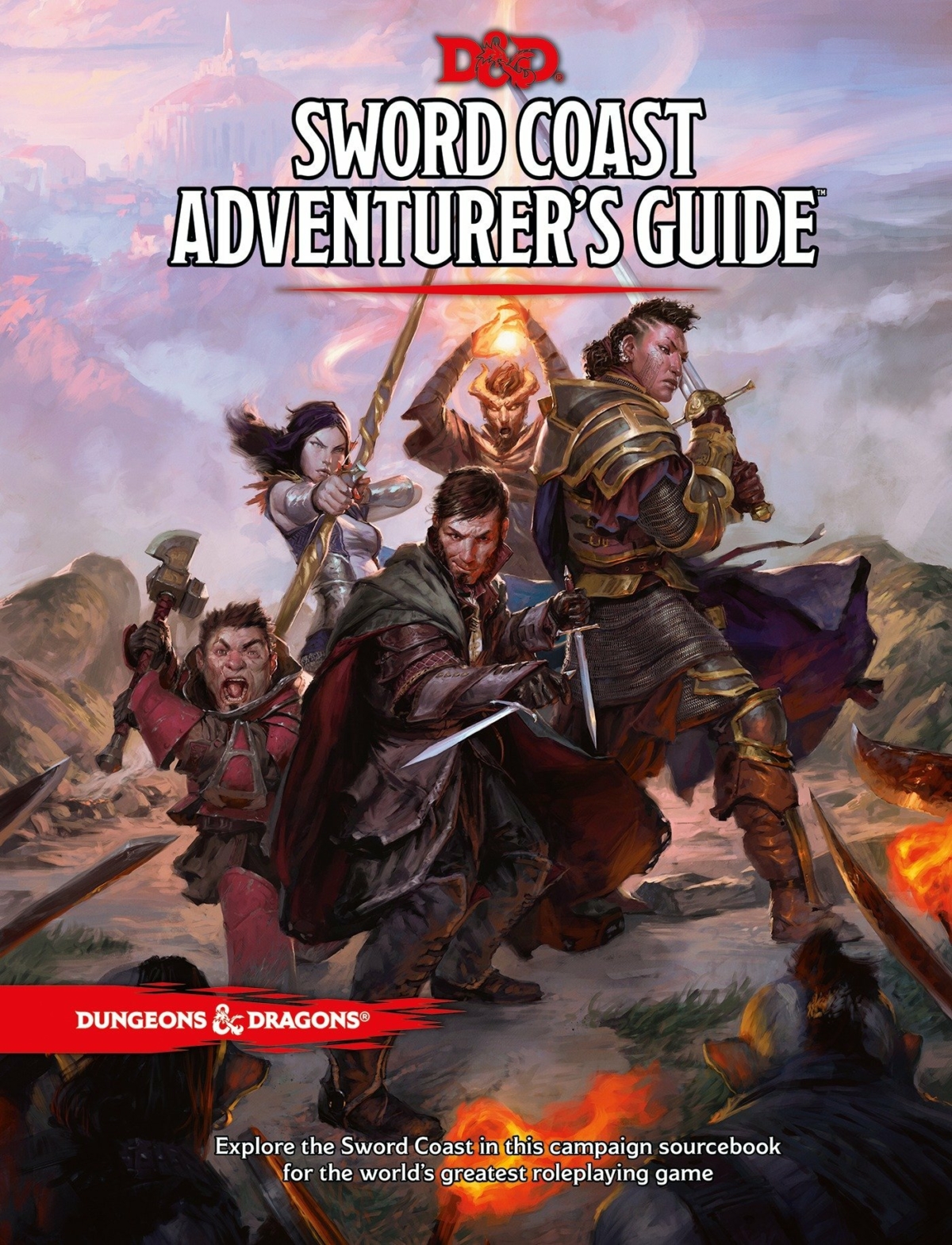
Sword Coast Adventurer’s Guide (SCAG)
- Get everything you need to adventure in the Forgotten Realms on the exciting Sword Coast, home to the cities of Baldur’s Gate, Waterdeep, and Neverwinter.
Published: 3 November 2015
If you like traditional, fantasy settings accustomed to games like Neverwinter, then you’ll love SCAG.
SCAG gives you a detailed depiction of its Gods, lands, people, and theme, helping you fit in as a player or create your own campaign as a DM.
It also includes a vast history of previous events and new character sub-races and subclasses.
11. Strixhaven: A Curriculum of Chaos (SACoC)
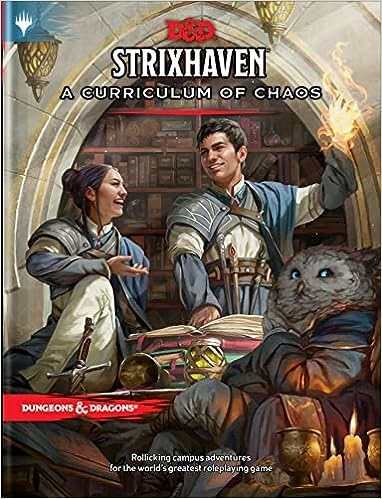
Strixhaven: A Curriculum of Chaos (SACoC)
- The greatest minds in the multiverse meet at Strixhaven University. Professors convey fantastic secrets to eager students, and life on campus is frenetic. But danger lurks even here.
Published: 7 December 2021
SACoC is set in the famous University of Magic: The Gathering, Strixhaven, where it masterfully combines the two into a masterful D&D rendition.
You will enroll in Strixhaven as a student, where new character creation, feats, and spells await you.
SACoC also features an Adventure that takes players from levels 1 through 10 as players explore the new Harry Potter-like university.
SACoC also makes it easy for DMs to run their own campaign with the book’s information.
10. Mythic Odysseys of Theros (MOoT)
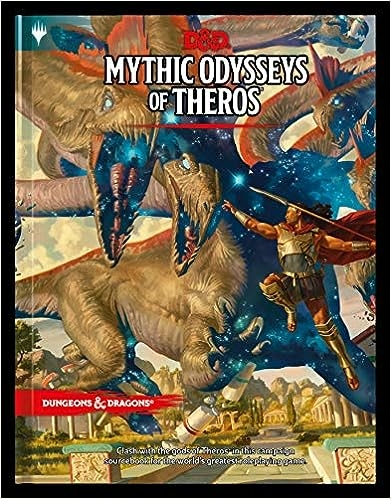
Mythic Odysseys of Theros (MOoT)
- Play D&D in the Magic: The Gathering world of Theros—a realm shaped by the wrath of gods and the deeds of heroes, where champions vie for immortal favor and a place among legends.
Published: 21 July 2020
MOoT is based on a Magic: The Gathering setting that has been heavily inspired by the mythology and culture of the ancient Greeks.
The Sourcebook adds new races, monsters, gods, items, and an entire theme that DMs can use to create new worlds.
Similar to the normal ancient Greek Gods, the gods of Theros have their own moral compass, some acting purely on emotions while others often meddle in mortal affairs.
MOoT is also described as one of the most beautiful Sourcebooks because of its precise detail and legendary aura that flows not only through its monsters but through its pages as well.
9. Eberron: Rising from the Last War (ERftLW)
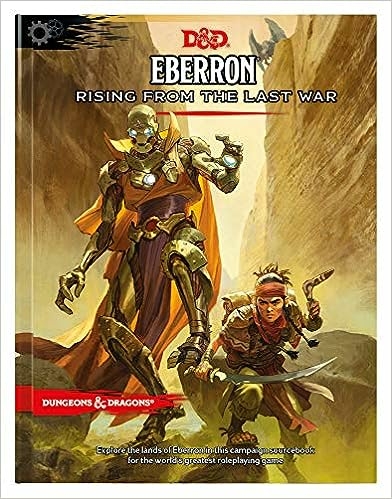
Eberron: Rising from the Last War (ERftLW)
- This book provides everything players and Dungeon Masters need to play Dungeons & Dragons in Eberron—a war-torn world filled with magic-fueled technology, airships and lightning trains, where noir-inspired mystery meets swashbuckling adventure.
Published: 19 November 2019
ERftLW defines the world of Eberron – a world ravaged by war, magic-fuelled robots, and giant airships.
Eberron comes off more like a chapter out of a Warhammer 40k book than a D&D world, as its wild technology and dark atmosphere create a unique 5e experience.
ERftLW is also one of my favorite Sourcebooks, as it not only introduces the Artificer but includes a 1st-level Adventure so players can experience Eberron for themselves.
8. Mordenkainen’s Tome of Foes (MToF)
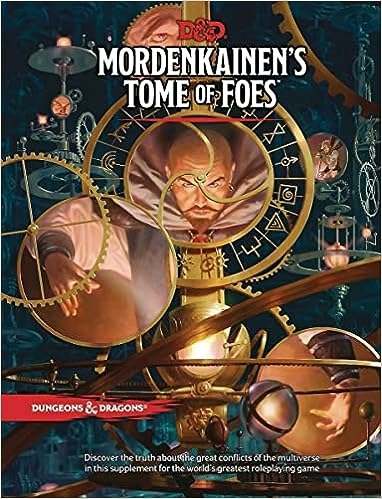
Mordenkainen’s Tome of Foes (MToF)
- This tome is built on the writings of the renowned wizard from the world of Greyhawk, gathered over a lifetime of research and scholarship.
Published: 29 May 2018
MToF is narrated by the mighty sorcerer Mordekainen and depicts his notes after studying some of the most epic wars fought in D&D history.
If you’ve ever wanted to understand why there are so many different Elves or why specific names refer to certain wars, then you need to read MToF.
MToF also describes many new horrifying monsters, sub-races, and Fewild Elves known as Eladrin.
7. Volo’s Guide to Monsters (VGtM)

Volo’s Guide to Monsters (VGtM)
- The esteemed loremaster Volothamp Geddarm is back and he’s written a fantastical dissertation, covering some of the most iconic monsters in the Forgotten Realms.
Published: 15 November 2016
VGtM is narrated by the legendary explorer Volo, acting as a supplement to the MM.
It includes a plethora of new and previously discussed monsters found within the worlds of D&D. VGtM not only explores what these creatures are but provides detailed overviews of their stats, behavior, and ecology.
Even though most of these monsters are found within the Forgotten Realms, they can easily be adapted to fit any campaign you need them for.
Note: It fits well with Mordenkainen’s Tome of Foes but is surpassed by the new Mordenkainen Presents: Monsters of the Multiverse, so if you haven’t bought VGtM or MToF, just go for MPMotM.
6. Mordenkainen Presents: Monsters of the Multiverse (MPMotM)

Mordenkainen Presents: Monsters of the Multiverse (MPMotM)
- Compiling and updating monsters that originally appeared in previous D&D fifth edition releases, these creatures represent some of the most benevolent and malevolent forces that D&D heroes might face.
Published: 16 May 2022
MPMotM is yet another book narrated by the sorcerer Mordekainen.
While it acts as an accumulation of both VGtM and MToF, it does add a new way to calculate Ability Scores based on species.
The book also clarifies rules for many new player races and creatures previously discussed in the PHB.
5. Xanathar’s Guide To Everything (XGtE)
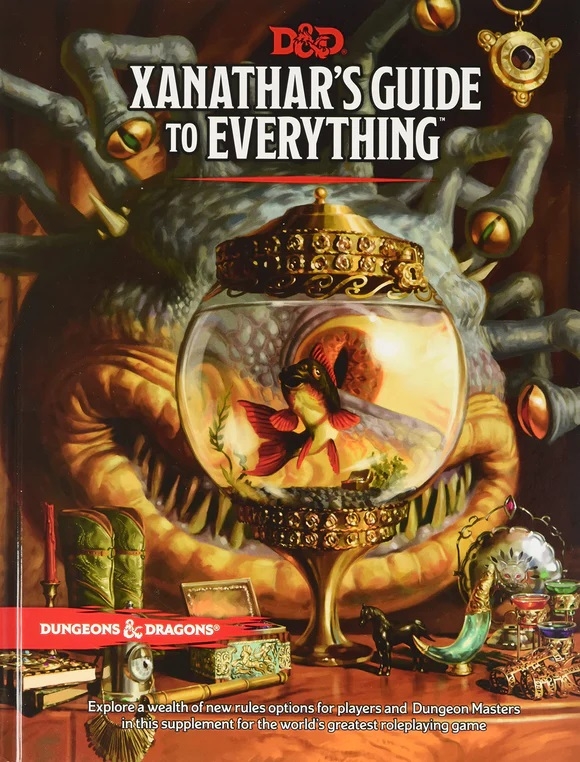
Xanathar’s Guide To Everything (XGtE)
- The beholder Xanathar—Waterdeep’s most infamous crime lord—is known to hoard information on friend and foe alike. The beholder catalogs lore about adventurers and ponders methods to thwart them.
Published: 21 November 2017
Like TCoE, XGtE is another major Sourcebook for players and DMs narrated by the Beholder, Xanathar.
XGtE adds a ton of flavor to existing character classes, expanding on the character itself and what makes it an individual. It also includes a few new subclasses, feats, and spells.
One great addition would be the information it provides DMs on how to successfully establish ongoing campaigns and keep them from going stale.
4. Tasha’s Cauldron of Everything (TCoE)
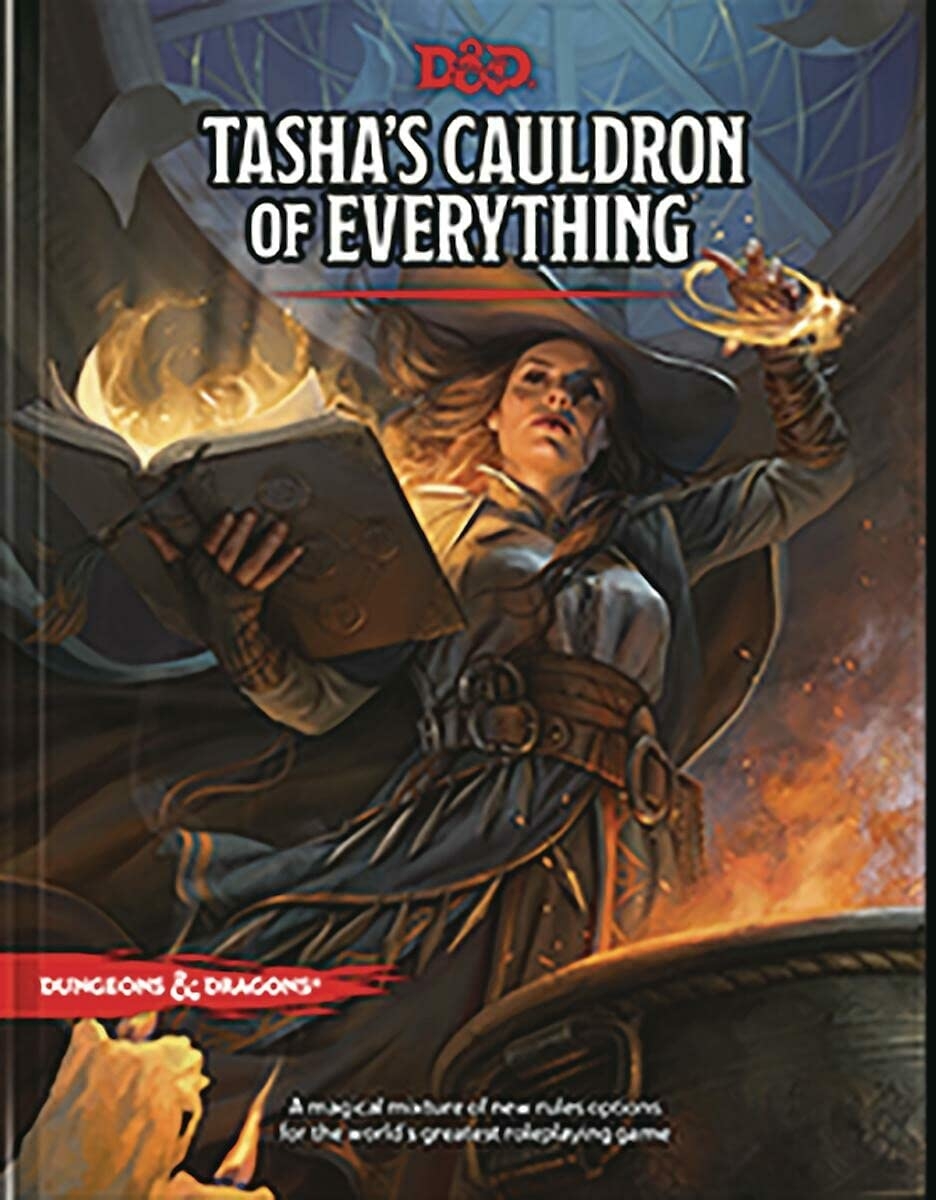
Tasha’s Cauldron of Everything (TCoE)
- The wizard Tasha, whose great works include the spell Tasha’s hideous laughter, has gathered bits and bobs of precious lore during her illustrious career as an adventurer.
Published: 17 November 2020
The TCoE is narrated by the archmage Tasha and is a supplement Sourcebook that includes a lot of extra information for players and DMs alike.
It also adds new spells, customizations, subclasses, backgrounds, and a step-by-step guide on creating custom origins.
Another great addition is the newly added tools DMs can use for puzzles, new spells, patrons, and sidekicks.
If you want more variety in your D&D world or are just interested in D&D, picking up TCoE is a must for any DM or player.
3. Monster Manual (MM)
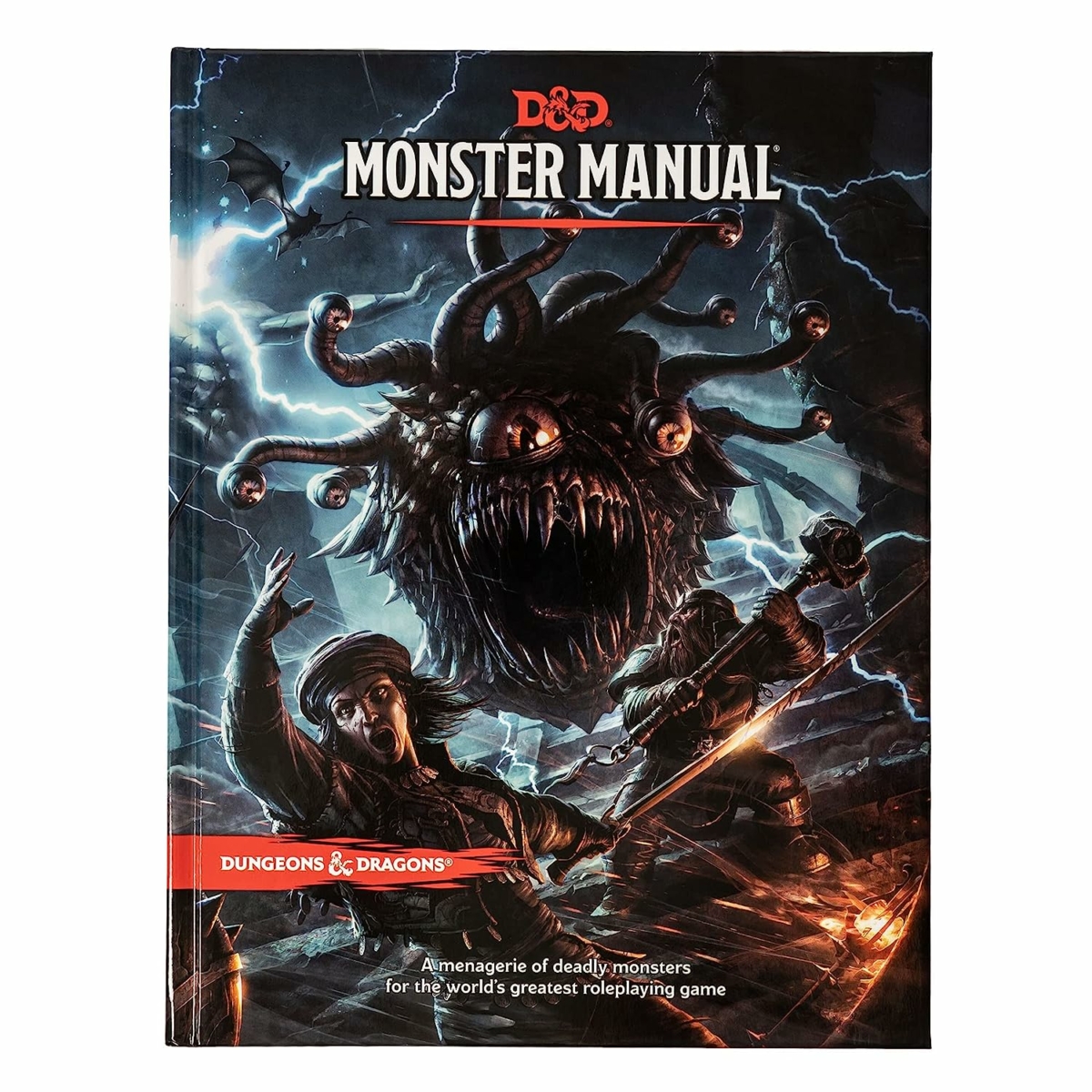
Monster Manual (MM)
- The Monster Manual presents a horde of classic Dungeons & Dragons creatures, including dragons, giants, mind flayers, and beholders—a monstrous feast for Dungeon Masters ready to challenge their players and populate their adventures.
Published: 30 September 2014
The MM, often called the 5e bestiary, is the perfect book if you intend to include specific monsters in your campaign or just like learning all there is to know about the most well-known D&D monsters.
Each creature recorded in the MM has statistics that let you imagine what fighting that creature will be like, as well as drawn depictions and interesting lore.
While the MM mainly acts as a book DMs use to fill their campaign world with gruesome monsters.
Players who pick up this book either intend to become a DM one day or are just obsessed with knowing everything there is to know about 5e monsters.
Even though it’s not the most essential book for players, a DM who wants to make his world feel unique needs a MM!
2. Dungeon Master’s Guide (DMG)
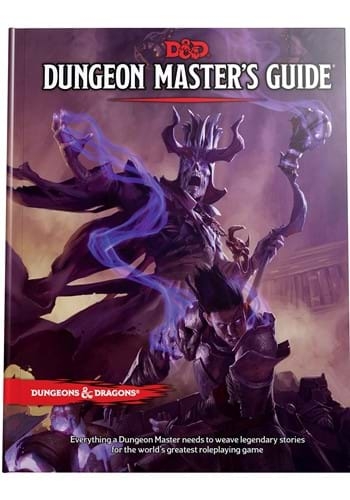
Dungeon Master’s Guide (DMG)
- The Dungeon Master’s Guide provides the inspiration and guidance you need to spark your imagination and create worlds of adventure for your players to explore and enjoy.
Published: 9 December 2014
The DMG is for players who want to know how to weave legendary tales that inspire awe in all who play through them.
A DMG gives the reader information regarding the rules mentioned in the PHB. It also provides tips to the reader for efficiently running their own campaign or creating a world from scratch.
Let’s be clear: If you plan on staying a player and never becoming a DM, don’t bother too much with this book.
However, if you want to know more about DMing and think it’ll help your D&D experience to know who the DM is and what they do, then get it.
Nothing bad can come from having extra knowledge about a game you love or want to start loving.
1. The Player’s Handbook (PHB)
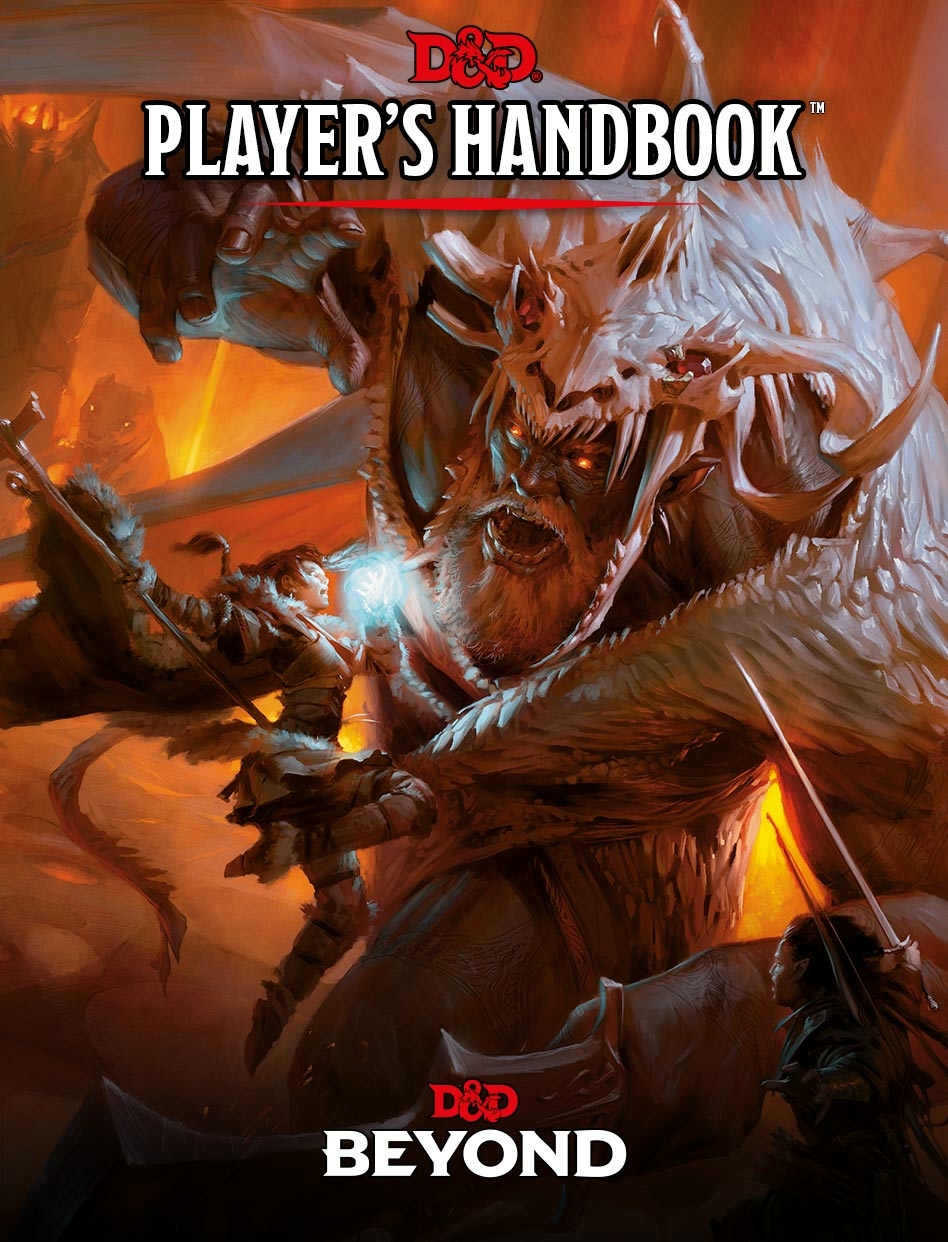
The Player’s Handbook (PHB)
- All you need to start playing Dungeons & Dragons is your imagination, some dice, and this book. The Player’s Handbook is the essential reference for every Dungeons & Dragons roleplayer.
Published: 19 August 2014
The PHB can be described as the most important Sourcebook for any D&D player, whether you’re DMing or just playing through the game.
Some of the PHB knowledge has been put onto the internet, but going through a copy provides much more information, and reading through the book can answer almost any question you have regarding basic D&D.
That said, the PHB contains all of D&D’s core rules, including character creation, combat, class features, and exploration.
Trust me, it’s a hassle putting a character together without having detailed explanations of backgrounds, races, subraces, classes, subclasses, feats, and much more. So you’ll definitely need a PHB!
Sourcebook FAQs 5e
What Are 5e Sourcebooks?
Sourcebooks can be described as rulebooks (you can add the 3 basic rulebooks to Sourcebooks) or supplements to the main 3 rulebooks.
These Sourcebooks usually contain new monsters, subclasses, spells, and races. Most also expand on current features of D&D and may even change how certain things work.
Some Sourcebooks may even describe entire worlds or distant lands that DMs can have their players explore.
What’s the Difference Between an Adventure and a Sourcebook in 5e?
Sourcebooks provide information regarding many aspects, such as spells, races, classes, subclasses, and monsters. Some Sourcebooks even have Adventures in them.
Adventures are short playthroughs that usually add up to form an interconnected Campaign. However, Adventures can be played separately, especially if you want a shorter D&D experience.
Final Thoughts
When reading through a sourcebook, you shouldn’t merely absorb information to use in your current Campaign/Adventure. You should become inspired by it and want to add it to other playthroughs in the future.
These books don’t merely tell stories or provide information. They inspire hordes of D&D fanatics to create their own playthroughs, stories, or even rules.
So, don’t read these books just because it’s necessary. Read them to learn, improve, and gain enough knowledge to enjoy an unending board game masterpiece!

![The 15 Best 5e D&D Sourcebooks [Ranked]](https://tabletopden.com/wp-content/uploads/2023/08/Best-5e-DD-Sourcebooks-728x410.png)